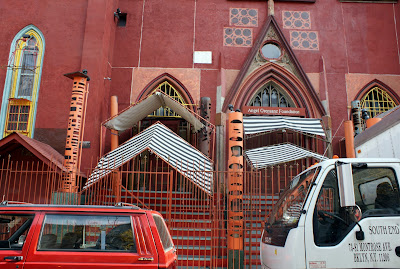Posted by Deirdre Oakley, THE BERKSHIRES, MA – If you’re lucky enough to afford to travel during the holidays one of the highlights is always meeting up with family and old friends. We were able to take a drive up the mountains in Western Massachusetts to visit Doc. We met Doc years ago in Albany , NY
Doc grew up in Harlem during the 1940s, honing his chops playing rent parties. After serving in Korea Albany for quite a long time when we met him in the 1990s and by the early 2000s was thinking of retiring to Paris Paris Paris
There’s something else conveyed in these photos worth noting during this holiday season: deep respect for the elder mentor and the knowledge that there will always be more to learn. In our youth-obsessed society where older people are dismissed as not being relevant anymore, watching Doc and Bernie jam -- and the look on Bernie’s face as he learned yet another new riff -- made me think about how important experience is and how it comes with age. So America,
Deirdre Oakley is the Editor of Social Shutter and an Associate Professor of Sociology at Georgia State University

























































